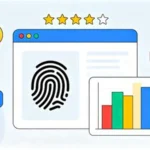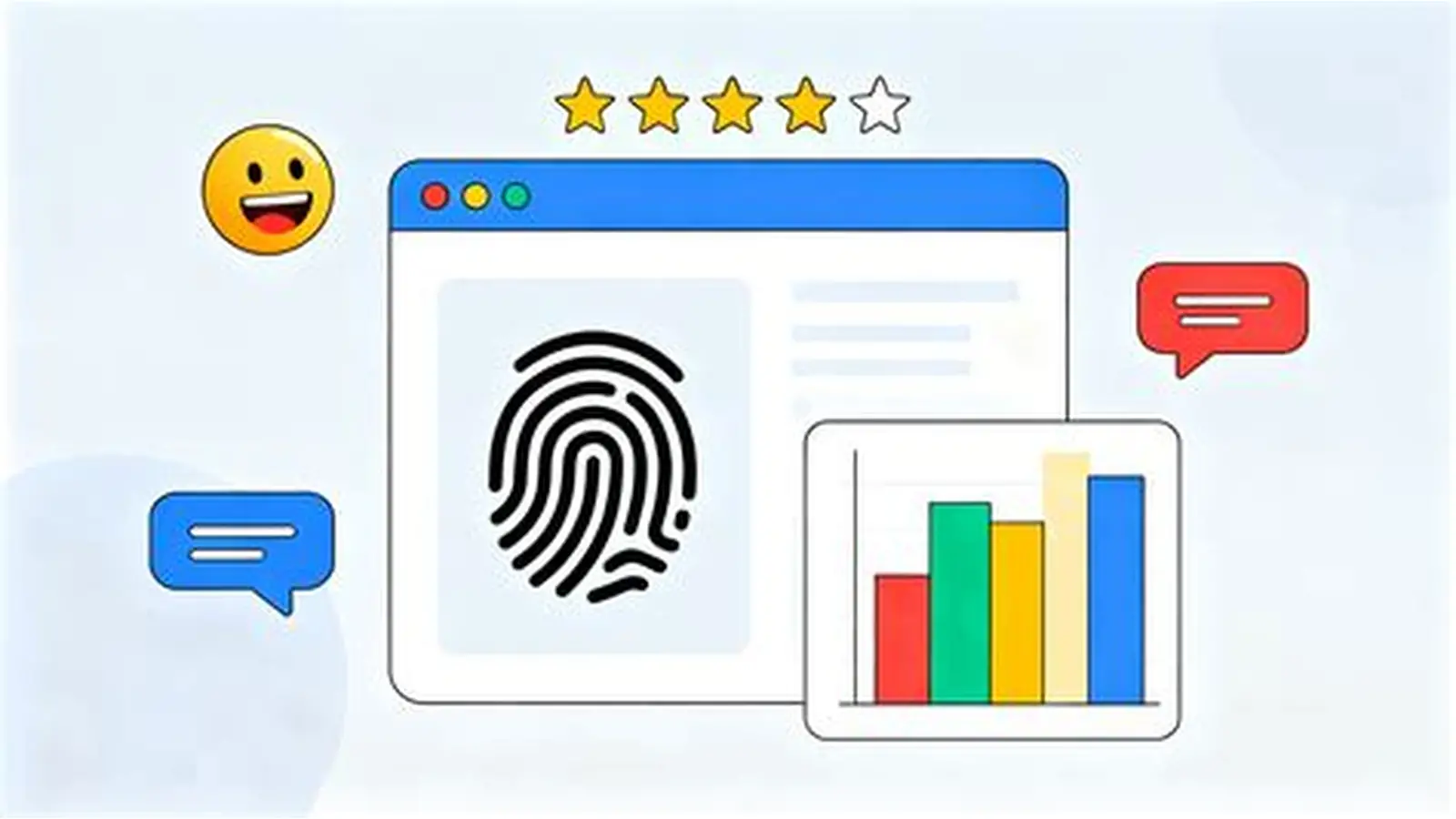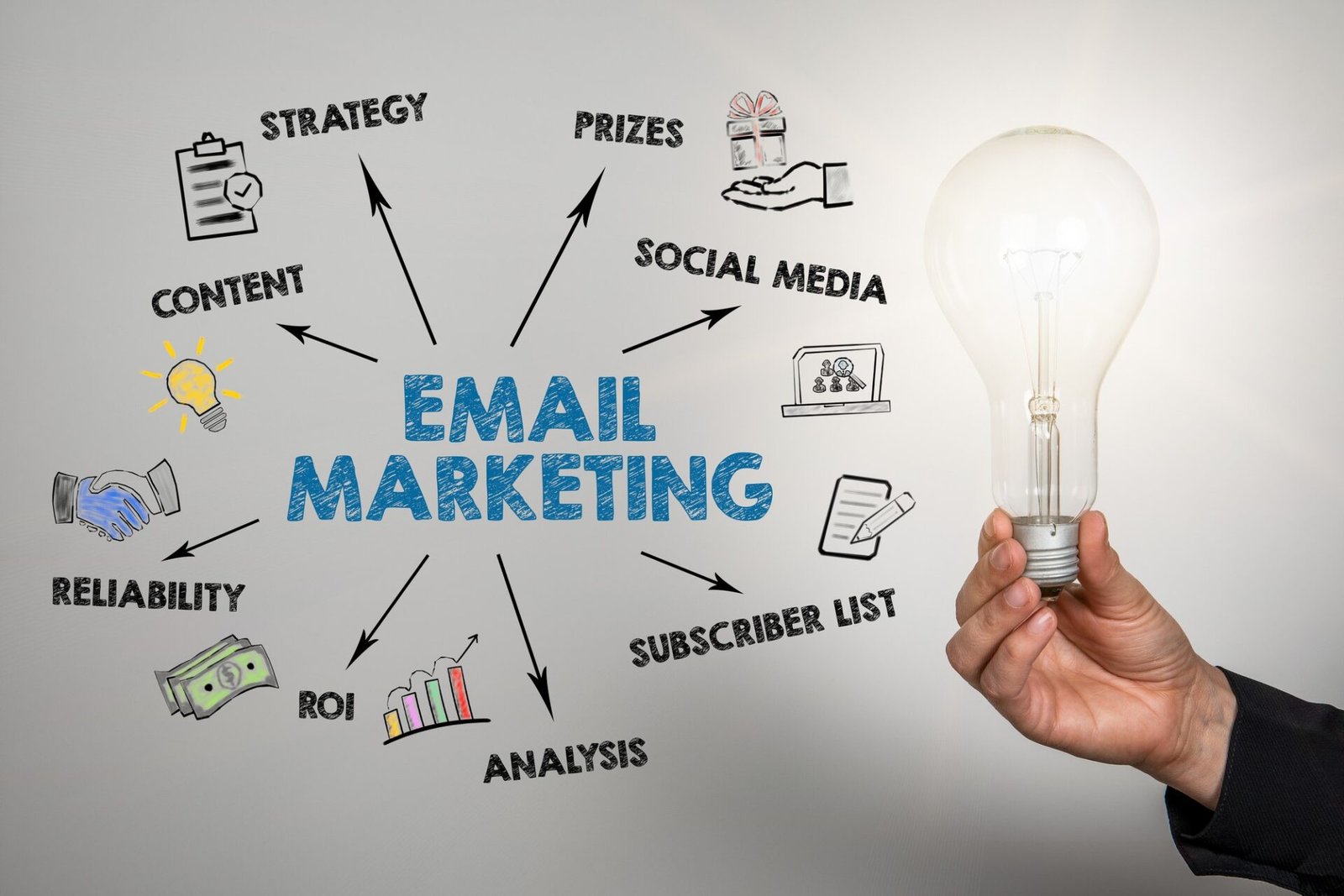In the modern business landscape, understanding how to drive conversions with digital marketing is essential for growth. Digital marketing goes beyond promoting products; it strategically guides potential customers through the buying journey. By combining engaging content, targeted campaigns, and data-driven insights, businesses can increase leads, sales, and long-term revenue.

Understanding Digital Marketing Conversions
Conversions occur when a website visitor or audience member takes a desired action. This could be making a purchase, signing up for a newsletter, or filling out a contact form. Digital marketing helps drive these actions by providing relevant content and experiences that encourage users to engage. Effective conversion strategies involve:
-
Identifying goals for each campaign.
-
Understanding the target audience and their needs.
-
Creating a seamless journey from first interaction to final action.
Focusing on conversions ensures that digital marketing efforts translate into tangible business results.
Targeted Advertising and Audience Segmentation
One of the most effective ways to drive conversions with digital marketing is by reaching the right audience. Targeted advertising allows businesses to connect with users who are most likely to take action. Techniques include:
-
Social media ads: Platforms like Facebook, Instagram, and LinkedIn offer precise targeting options.
-
Search engine marketing (SEM): Paid campaigns capture users actively searching for solutions.
-
Email campaigns: Personalized emails deliver content relevant to each subscriber’s interests.
Audience segmentation ensures that campaigns speak directly to potential customers, increasing the likelihood of conversion.
Creating Engaging Content
Content plays a vital role in digital marketing conversions. By providing informative, relevant, and compelling content, businesses can influence decisions and guide prospects through the buying process. Strategies include:
-
Blog posts and articles that address pain points.
-
Video tutorials and product demonstrations.
-
Interactive content like quizzes, polls, and calculators.
Engaging content builds trust, educates audiences, and motivates them to take the desired action.
Optimizing Landing Pages
Effective landing pages are critical for converting visitors. Digital marketing ensures that landing pages are designed to capture attention and encourage action. Key tactics include:
-
Clear and concise headlines that convey value.
-
Strong calls-to-action (CTAs) that guide users.
-
Minimal distractions to keep visitors focused on the goal.
Well-optimized landing pages increase the probability of turning traffic into leads or customers.
Leveraging Data and Analytics
Digital marketing is powerful because it is measurable. Using analytics, businesses can track performance and make informed decisions to improve conversions. Metrics to monitor include:
-
Click-through rates (CTR) on ads and emails.
-
Conversion rates on landing pages.
-
Engagement metrics such as time on site or video completion.
Data-driven strategies allow businesses to optimize campaigns continuously, ensuring higher returns on investment.
Retargeting and Follow-Up
Not all visitors convert on their first interaction. Retargeting helps capture potential customers who showed interest but didn’t complete the desired action. Techniques include:
-
Display ads for previous website visitors.
-
Email reminders for abandoned carts or incomplete sign-ups.
-
Personalized offers to re-engage prospects.
Following up with interested users increases conversion opportunities and maximizes campaign effectiveness.
Building Trust and Credibility
Digital marketing conversions are more likely when audiences trust a brand. Building credibility through consistent messaging, testimonials, and high-quality content encourages users to take action. Approaches include:
-
Showcasing customer reviews and case studies.
-
Providing transparent product or service information.
-
Sharing industry expertise through blogs or webinars.
Trust strengthens the relationship between the brand and potential customers, boosting the chances of conversion.
Conclusion
In conclusion, drive conversions with digital marketing is achieved by combining targeted advertising, engaging content, optimized landing pages, data analysis, and trust-building strategies. Businesses that implement these tactics effectively guide potential customers through the buying journey, turning interest into action. Digital marketing not only attracts audiences but also ensures measurable results, making it an essential component of business growth and success.











